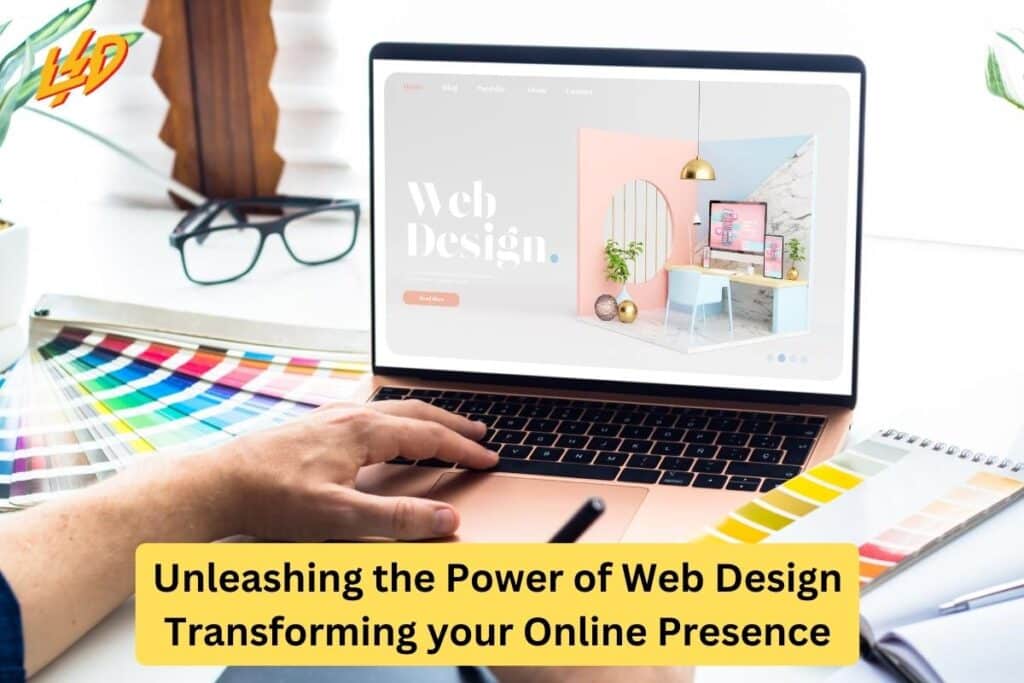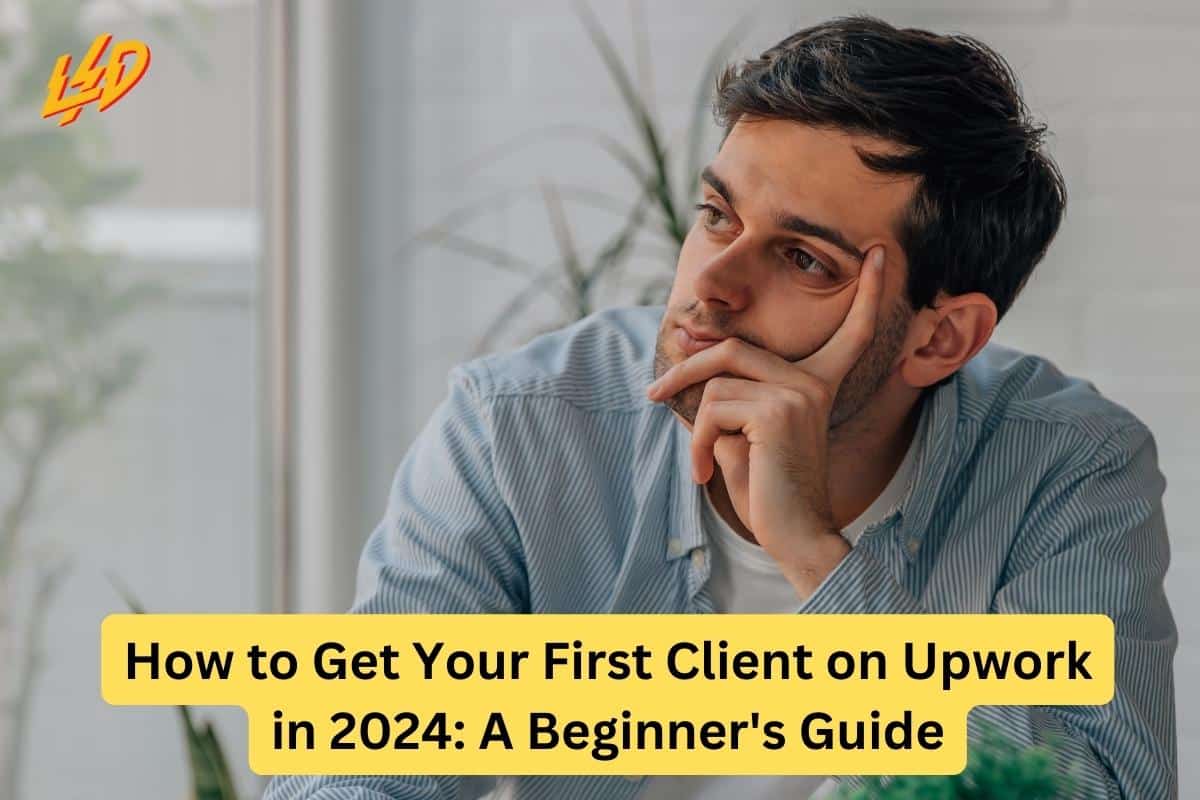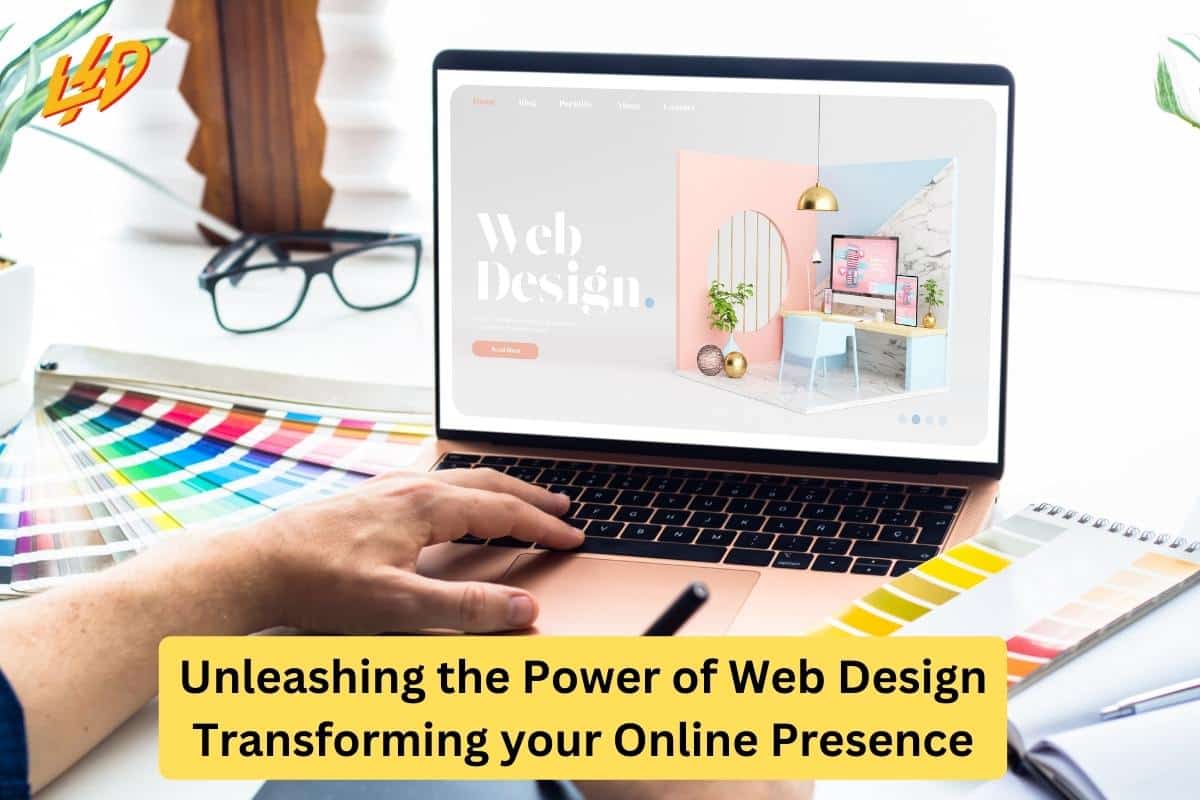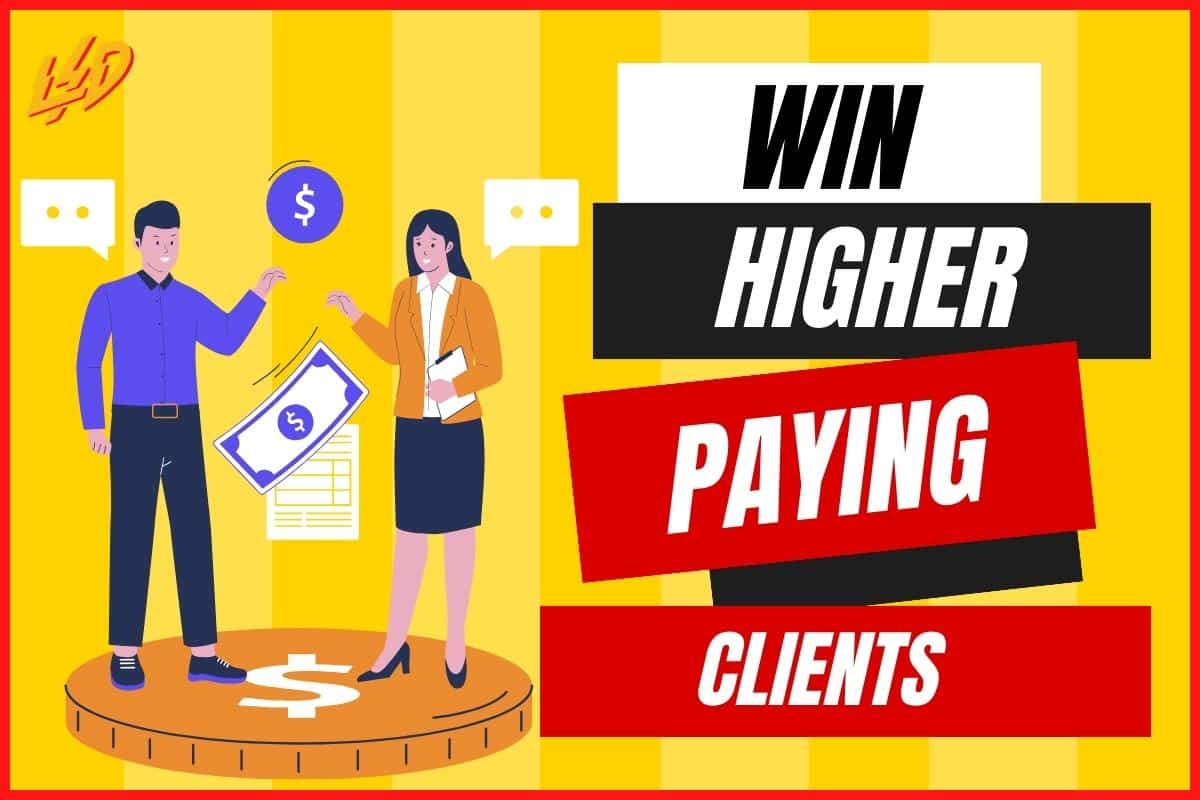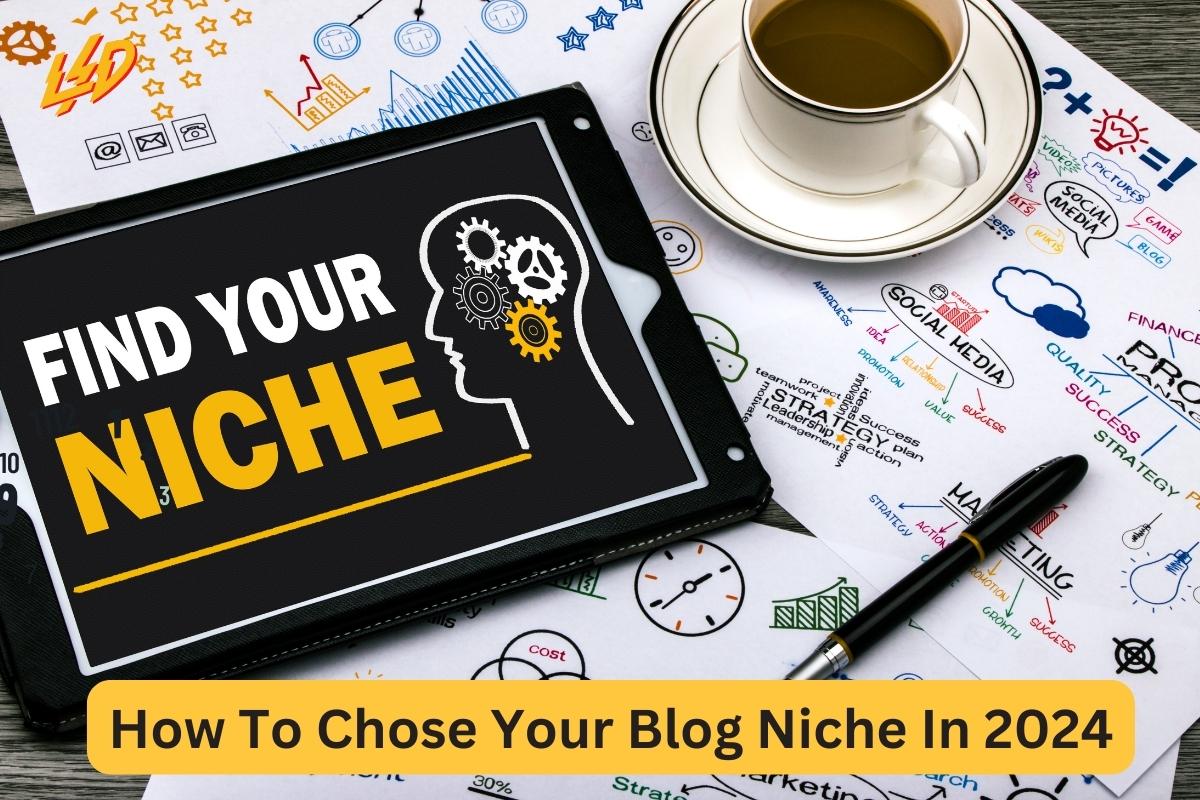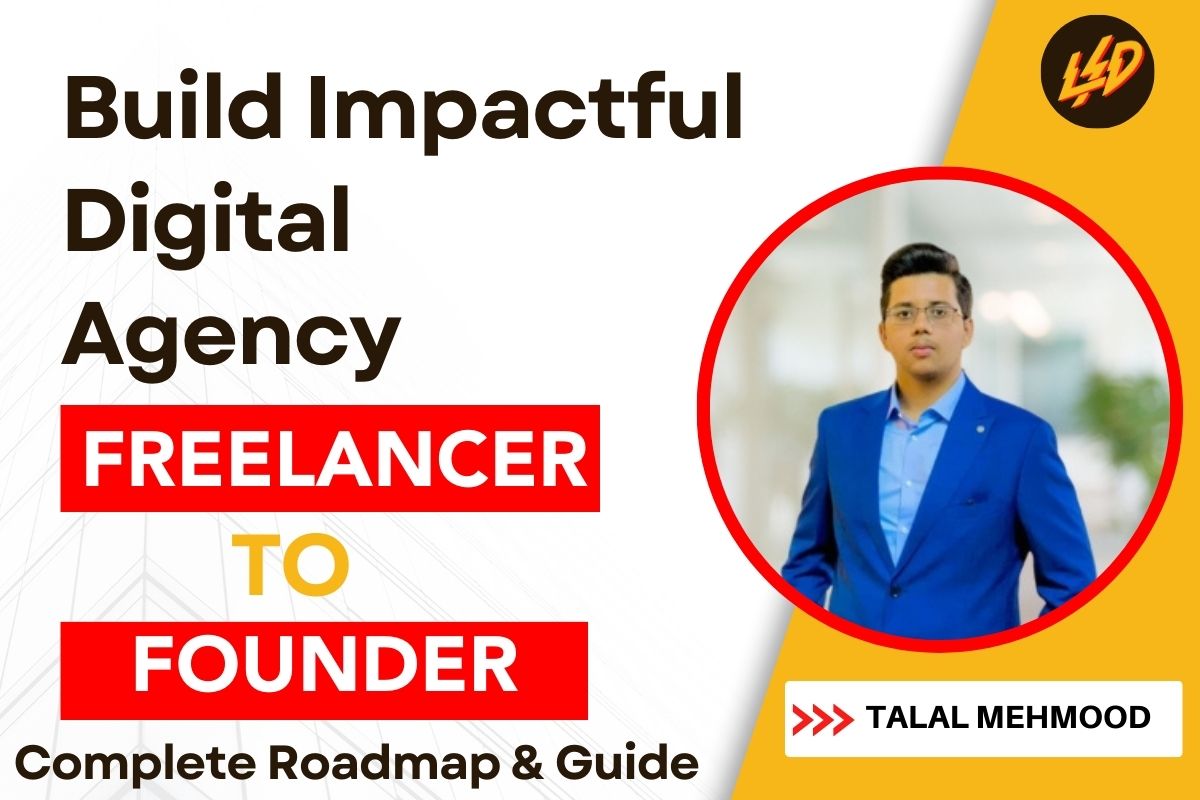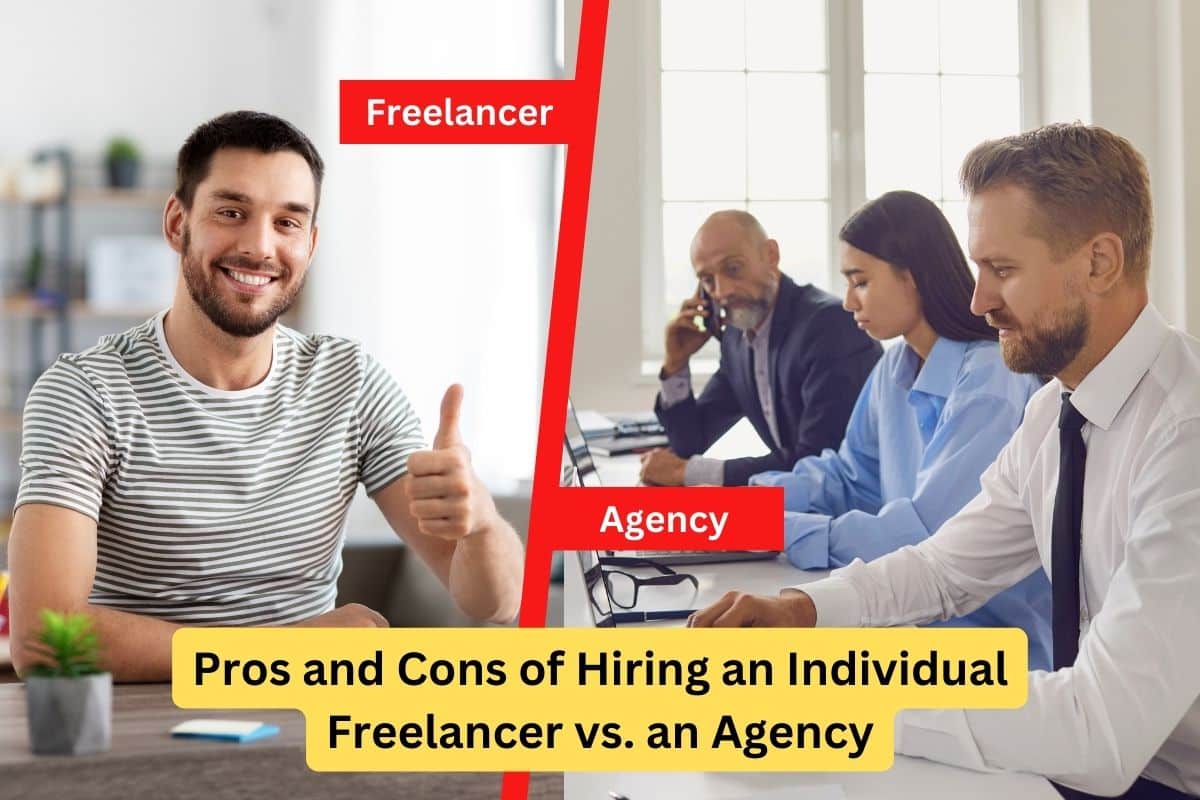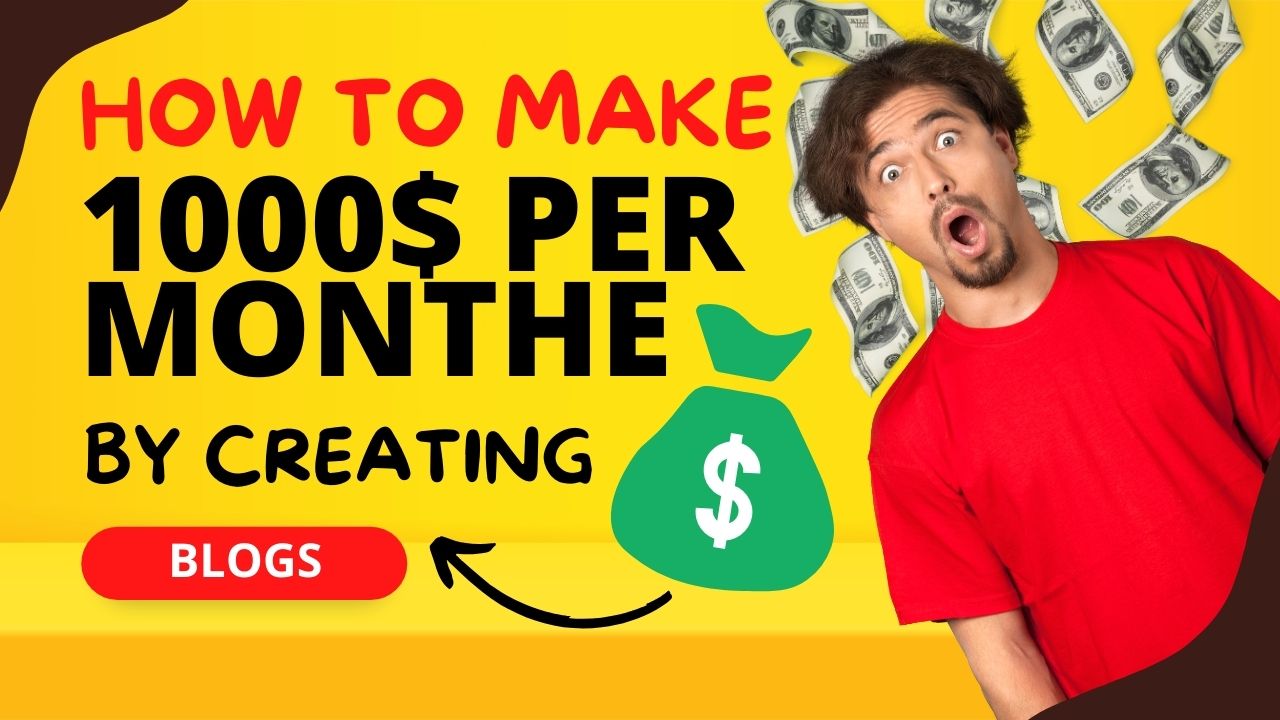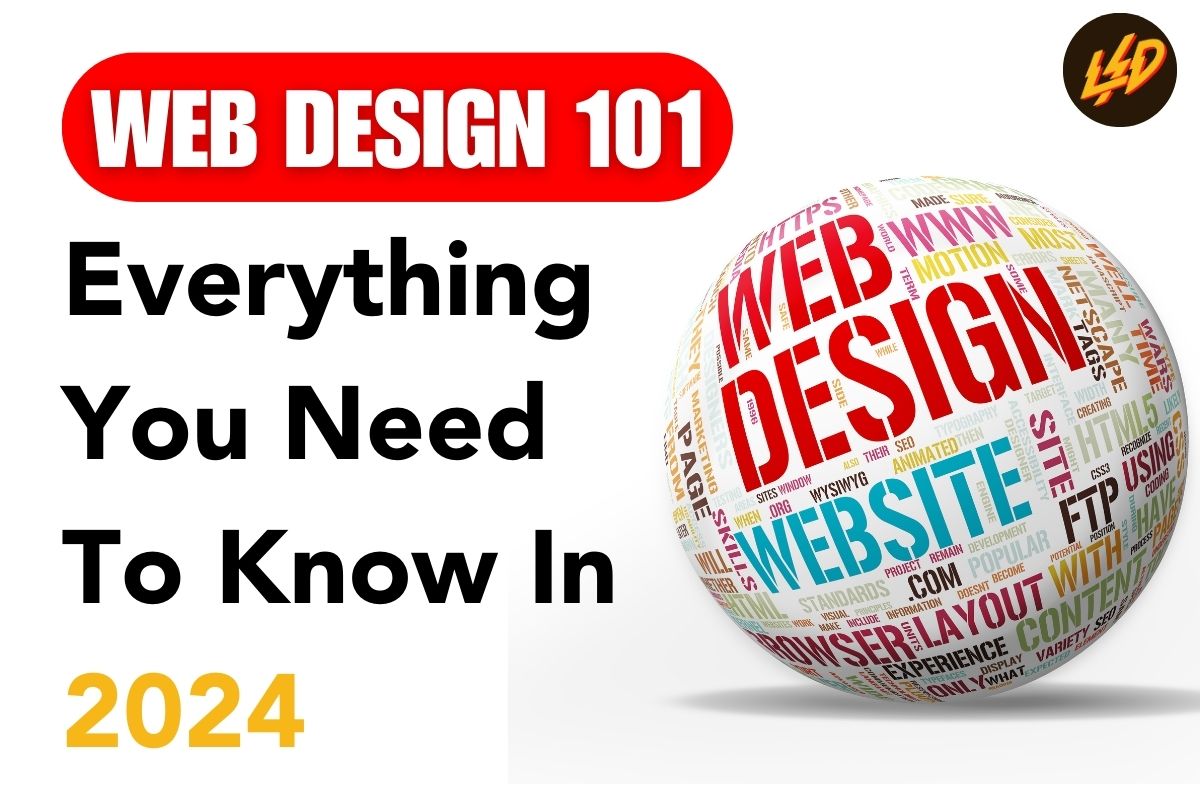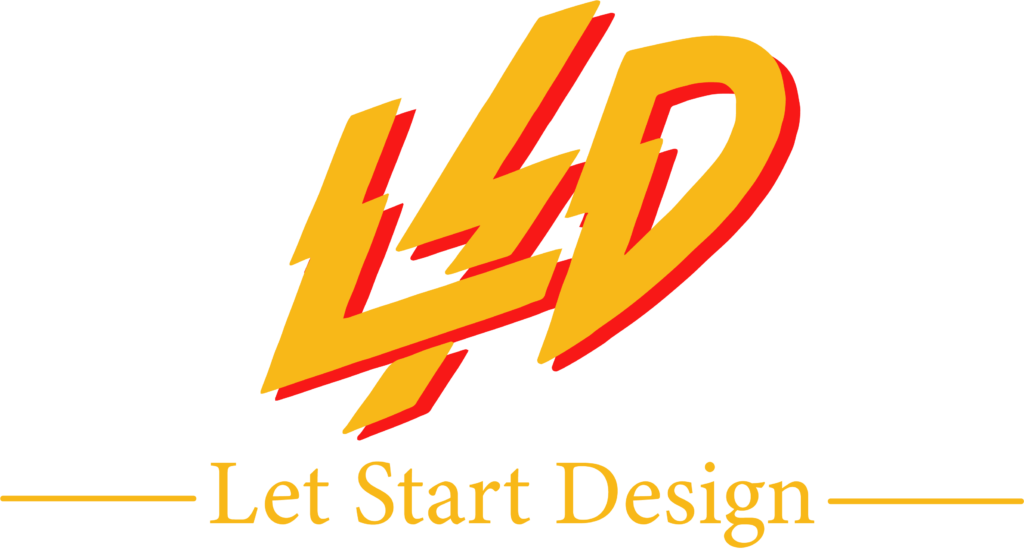In the vast realm of online business, your website is the digital storefront—a point of first interaction, a brand showcase, and a sales powerhouse. How it looks, how it functions, and the experience it provides can either draw in your customers or send them clicking away faster than you can say ‘page load speed.’
For small business owners and entrepreneurs, the art and science of web design can’t be overlooked. It is, in many ways, the epicenter of the modern consumer experience. To unlock the full potential of your online presence, it’s essential to understand the significance of web design, master the essentials, and stay ahead of the latest trends. This in-depth guide will walk you through the process, from understanding its role to leveraging design trends.
Why Web Design Matters
Impact on User Experience
User experience (UX) is the bedrock of a successful online presence. Your website must be intuitive and efficiently guide users to their destination. This means implementing smart layouts, clear CTAs, and a design that nurtures a seamless browsing experience across all devices.
Influence on Branding and Credibility
Your design encapsulates your brand identity. Consistency in colors, typography, and imagery builds familiarity and trust. A well-designed site instills confidence, signaling professionalism and attention to detail.
Role in Conversion Rates and Customer Engagement
Conversion rates spike with a thoughtful design that optimizes user paths, reduces friction, and enhances the overall visitor experience. Visual elements, when harnessed correctly, can engage and persuade visitors, turning them into loyal customers.
Key Elements of Effective Web Design
Responsive Design
A non-negotiable feature, responsive design ensures your site adapts gracefully to any screen size. With mobile browsing overtaking desktop, this is more critical than ever for user retention and SEO.
User-Friendly Navigation
Clear navigation structures empower users to find what they need quickly. Whether it’s a standard menu, breadcrumbs, or a search bar, simplicity is key to prevent user frustration.
Visual Appeal and Branding Consistency
Your website’s visual impact goes beyond eye-candy; it’s a tool for communicating who you are. Align visual elements with your brand’s personality to resonate with your target audience.
Content Organization and Readability
Design can help or hinder content consumption. Break up your text with imagery, use headers to guide the reader, and choose typography that is easy on the eyes.
Measuring Success and Optimization
Tracking Key Performance Indicators (KPIs)
KPIs like bounce rate, time on page, and conversion funnels can tell a story of how well your web design is performing. Use analytics to make informed decisions on improvements.
A/B Testing and User Feedback
Continuously test variations of your design to see what resonates best with your audience. Collect user feedback to understand their experience and uncover areas of improvement.
SEO Considerations for Web Design
Implementing SEO best practices in your design can boost visibility and organic traffic. Consider elements like page speed, mobile-friendliness, image optimization, and structured data.
Web Design Trends to Watch Out For
- Dark Mode Design: The aesthetic appeal of dark mode continues to grow, offering users an eye-friendly option that’s stylish and power-saving. Expect more websites to offer a dark mode option.
- 3D Elements and Motion Graphics: With advancements in web technologies, incorporating 3D elements and motion graphics into web designs is becoming more popular, adding depth and immersion to user experiences.
- Minimalism and Maximalism: The trend toward minimalist design continues, with a focus on simplicity and the essentials. Conversely, maximalism, characterized by vibrant colors, complex patterns, and abundance of elements, is gaining traction for brands looking to stand out.
- Voice Activation: Voice-activated interfaces are expected to become more prevalent in web design, offering a hands-free and futuristic user experience.
- Augmented Reality (AR) Experiences: AR is set to transform the online shopping experience, allowing users to visualize products in their own space before making a purchase.
- AI and Personalization: Websites utilizing AI for personalized user experiences are on the rise. This includes content recommendations and personalized user journeys.
- Neumorphism: Following on the heels of skeuomorphism and flat design, neumorphism offers a fresh, soft, and more detailed approach to UI design elements that imitate physicality through selective shadows and light.
- Accessibility and Inclusivity: A growing emphasis on making web experiences accessible to everyone, including people with disabilities, means more websites will be designed with inclusivity at the forefront.
These trends highlight the evolving landscape of web design, driven by technological advancements and a deeper understanding of user needs and preferences. Each offers a unique way to enhance user experience and engagement, ensuring websites remain competitive and relevant.
The Crucial Impact of Responsive Design
The advent of responsive design has revolutionized how websites are built and interacted with across a myriad of devices. Its impact is deeply profound, directly influencing user experience, search engine optimization (SEO), and overall business sustainability in the digital age. A responsive website dynamically adjusts its layout to suit the screen size and resolution of the viewing device, ensuring content is always presented at its optimum. This adaptability translates into a seamless and consistent browsing experience, a critical factor in retaining visitors and reducing bounce rates. Furthermore, Google’s algorithm favors mobile-friendly websites, meaning responsive design is indispensable for achieving higher search rankings. By facilitating easier navigation and faster load times, responsive design doesn’t just elevate the user experience; it becomes a pivotal element in a website’s ability to engage, convert, and retain customers.
SEO-Friendly Web Design Practices
To optimize your website both for search engines and for users, incorporating SEO-friendly web design practices is essential. This begins with fast loading times; a page that loads quickly is more likely to be ranked higher by search engines and less likely to be abandoned by users. Employing clean, semantic HTML/CSS coding ensures that search engines can easily index your site’s content, improving its visibility in search results. Mobile-first design is another critical aspect, as search engines like Google prioritize mobile-optimized sites in their rankings. Including meaningful content that incorporates targeted keywords without overdoing it helps match user queries, driving more traffic to your site. Finally, incorporating ALT tags for images and ensuring all content is accessible enhances your site for both SEO and user experience, making it more likely for your site to climb the search engine ranks and attract a broader audience.
Examples of Successful Web Design
Apple
Apple’s website is a testament to minimalist design with a high degree of functionality. It showcases their products with crisp, high-quality images on a clean backdrop, while ensuring the navigation is intuitive and user-friendly. The visual hierarchy is clearly defined, leading users effortlessly to their desired destinations.
Airbnb
Airbnb leverages exceptional UX design and powerful imagery to create a compelling online presence. The site is not only visually appealing but also utilizes an easy-to-navigate layout that simplifies the process of finding lodgings. Their sophisticated search functionality and detailed filters enhance user experience by providing tailor-made options.
Dropbox
Dropbox uses a clean, straightforward design to convey its offer of simple cloud storage solutions. The use of whitespace, engaging illustrations, and a clear call-to-action (CTA) button illustrates efficient design principles that focus on driving conversions while making the product’s purpose immediately apparent.
Nike
Nike’s website combines dynamic visuals with seamless animations to engage visitors. The brand successfully incorporates its signature style into the web design, creating a memorable experience that mirrors the energy and emotion of sports. Interactive elements and storytelling through layout enhance the shopping experience, making it both enjoyable and easy.
These examples illustrate how strategic web design can be leveraged to create an effective online presence that serves both the brand’s objectives and the users’ needs. The focus on user experience, combined with brand consistency and visual appeal, forms the backbone of a successful website design.
Tips for Effective Web Design
Creating an impactful and memorable website requires more than just an attractive layout. Here are some essential tips to enhance your web design for a better user experience and increased engagement:
Keep User Experience at the Forefront
Always design with the user in mind. A site should not only look good but also be intuitive to navigate. Use clear headings, a readable font, and ensure that the most important information is easily accessible.
Optimize for Mobile Devices
With the majority of internet traffic coming from mobile devices, ensuring your website is mobile-friendly is non-negotiable. Test your site’s responsiveness and make adjustments to improve usability on smaller screens.
Use Colors and Fonts Strategically
Color schemes and typography play a huge role in the overall feel of your website. Choose colors that reflect your brand and are easy on the eyes. Similarly, select fonts that are legible and complement your design aesthetic.
Leverage High-Quality Visual Content
Images and videos can greatly enhance the appeal of your website. Use high-resolution media that is relevant to your content and make sure it is optimized for quick loading times.
Simplify the Navigation
Complex navigation menus can confuse visitors and lead to a poor experience. Keep your site’s navigation simple, and ensure that it’s easy for users to find what they’re looking for without too many clicks.
Focus on Page Speed
Website loading time is a crucial factor in user experience and SEO. Optimize your images, leverage browser caching, and minimize HTTP requests to improve your site’s speed.
Incorporate Clear Calls to Action
Guide your visitors on what to do next by including clear calls to action (CTAs) throughout your website. Whether it’s signing up, making a purchase, or contacting you, make it clear and straightforward for users to take the next step.
By following these tips, you can create a website that not only looks appealing but also provides a smooth and enjoyable experience for your visitors, ultimately driving better engagement and conversions.
DIY Web Design vs. Hiring a Professional
When it comes to creating or redesigning a website, one of the key decisions is whether to do it yourself (DIY) or hire a professional web designer.
DIY Web Design:
DIY web design is often favored by startups and small businesses with limited budgets. The rise of user-friendly website builders like Wix, Squarespace, and WordPress has made it easier for individuals without technical expertise to create their own websites. The main advantages include lower costs and the ability to have full control over the creation and maintenance of the site. However, the downsides are significant; without in-depth knowledge of web design principles and SEO, a DIY website may not offer the best user experience or perform well in search engine rankings.
Hiring a Professional:
Professional web designers bring expertise in UX/UI design, SEO optimization, and mobile responsiveness that can significantly impact the success of a website. They can create a bespoke website tailored to your business needs, potentially giving you an edge over competitors. While hiring a professional comes with higher upfront costs, the long-term benefits include a polished, professional look, higher search engine rankings, and ultimately, a better return on investment. The main challenge here is finding the right designer or agency that aligns with your vision and budget.
Ultimately, the choice between DIY web design and hiring a professional depends on your specific needs, budget, and long-term business goals. For businesses looking to establish a strong online presence and have the budget to invest, hiring a professional might be the best route. On the other hand, for smaller projects or businesses just starting out, a DIY approach could be a practical short-term solution.
Case Studies and Examples
Showcase Successful Web Design Transformations
Share stories of businesses that have seen the direct impact of web design on their metrics. From overhauling a clunky navigation system to updating the color scheme, small tweaks can yield significant results.
Highlight Innovative Design Approaches
Draw attention to creatives who are pushing the envelope with innovative design techniques. From groundbreaking UI/UX thinking to unique uses of micro-interactions, these approaches can inspire new ideas and strategies.
To further empower your web design endeavors, leveraging advanced tools can greatly streamline the process and enhance the outcome. Here are some highly recommended tools for web designers seeking to elevate their projects:
Conclusion: Maximizing the impact of your web design
In the dynamic digital landscape, web design is both an art and a business necessity. Understanding its power can be the difference between a stagnant website and one that drives your online success. By keeping up with the trends, optimizing for user experience, and measuring the impact, you can craft an online presence that not only captivates but converts.
For small business owners and entrepreneurs, harnessing this power is a critical step in growth and in building a loyal customer base. Remember, your website is often the first touchpoint for potential customers, and it’s within your design that you have the opportunity to communicate your brand value and make a lasting impression.
Through thorough planning and execution, your web design can transform your online presence from a mere digital placeholder to a thriving business center. It’s an exciting time to be a part of the web design revolution. Are you ready to enhance your online presence and unlock its full potential?
Frequently Asked Questions (FAQs) on Web Design
Good web design is anchored on simplicity, consistency, usability, mobile compatibility, fast load times, and SEO-friendliness. It focuses on creating an intuitive user experience that engages visitors and guides them to take action.
The cost of web design can vary dramatically based on the complexity of the site, the level of customization, and the expertise of the designer. Prices can range from a few hundred dollars for basic templates to tens of thousands for custom, high-end web design projects.
The timeframe for designing a website depends on its scope and complexity. A basic website might take 4-6 weeks, while more complex sites could require several months of development. Timelines also depend on client feedback and revisions throughout the process.
Yes, with numerous website builders and platforms available today, such as WordPress, Squarespace, and Wix, individuals can create their own websites without coding knowledge. However, for a more professional and customized site, hiring a web designer might be beneficial.
Mobile responsiveness is crucial because a majority of users access the internet via mobile devices. A mobile-responsive design ensures your site is easily navigable on any screen size, improving user experience and SEO rankings.

